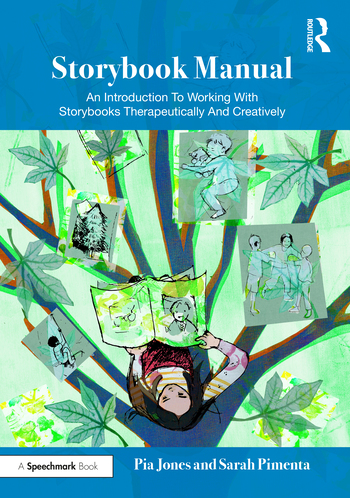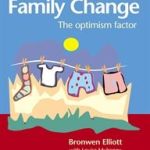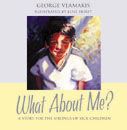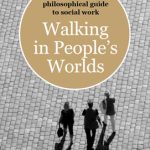This resource has been designed to support practitioners and caregivers with practical and creative ideas on how to use illustrated storybooks therapeutically with children. Whilst this book is also available to purchase as part of a set, with three therapeutic fairy tales, all the content, worksheets and activities can be used with any illustrated story.
Exercises have been created to encourage imagination and free play, develop confidence and emotional literacy as well as deepen engagement and understanding of stories. It is a book that can be returned to again and again to inspire creative engagement with stories with individuals or groups.
Key features include:
- An exploration of the importance of stories to modern life, and their use as a creative and therapeutic tool
- Guidance for working with stories and their illustrations, including conversation starters, prompts and worksheets for process-orientated creative activities
- Accompanying online activities designed for specific use with the storybooks in the Therapeutic Fairy Tales series
- This is an invaluable resource for all professionals looking to work therapeutically with stories and images. It will be particularly valuable to those working in child and family mental and emotional health, social and youth care, community and participatory arts, school and education, and specialised health and hospital environments.
Contents:
- Introduction to the Storybook Manual
- Chapter 1: Background
- The ancient art of storytelling
- Story and metaphor help us make sense of the unknown and unfamiliar
- Fairy tales, picture books and storytelling in modern culture
- The Bedtime Story ritual
- Chapter 2: Introduction to working with storybooks therapeutically and creatively
- The use of storybooks to help promote therapeutic art making
- Storybooks as a creative tool to explore existential challenges
- Storytelling and storybooks as a prompt to explore therapeutic relationship
- Chapter 3: Setting the scene for safe therapeutic and creative storytelling
- Creating the right conditions
- Attending to psychological processes evoked in child and yourself through storytelling
- Getting ready to listen to and notice children’s responses to the story
- Getting ready to enter the world of metaphor and speak its language
- Chapter 4: Working with story Suggestions for conversation starters and prompts when reading storybooks
- Example STORY worksheets for process-orientated story activities
- Chapter 5: Using stories and storybooks as a basis for creative art-making exercises
- Building upon the Story – setting the scene for creative art-making exercises
- Guiding principles behind building a creative mindset
- Creative materials and storage of children’s artwork
- Helping children warm up with spontaneous creative exercises
- Example worksheets for process-oriented warm-up creative activities
- Example worksheets for process oriented creative art making activities
- Top tips to remember when working with children and creative activities
- Summary and Conclusions Permissions Bibliography
Author Bio:
Pia Jones is an author, workshop facilitator and UKCP integrative arts psychotherapist, who trained at The Institute for Arts in Therapy & Education. Pia has worked with children and adults in a variety of school, health and community settings, including Place 2 Be and Kids Company. Core to her practice, is using art and story as support during times of loss, transition and change, giving a TEDx talk on the subject. She was Story Director on artgym’s award-winning film documentary, ‘The Moving Theatre,’ where puppetry brought stories of migration to life.
Sarah Pimenta is an experienced artist, workshop facilitator and lecturer in creativity. Her specialist art form is print-making, and her creative practice has brought texture, colour and emotion into a variety of environments, both in the UK and abroad. Sarah has over twenty years’ experience of designing and delivering creative, high-quality art workshops in over 250 schools, diverse communities and public venues, including the British Library, V&A, NESTA, Oval House and many charities. Her work is often described as art with therapeutic intent, and she is skilled in working with adults and children who have access issues and complex needs.
Both Pia and Sarah hope these Therapeutic Fairy Tales open up conversations that enable children and families’ own stories and feelings to be seen and heard.






